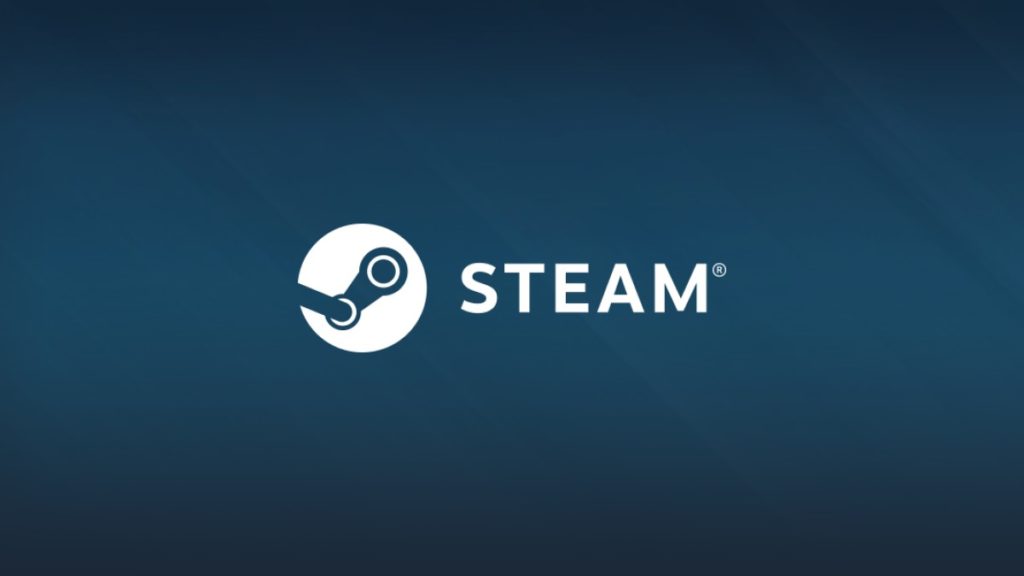
The Steam overlay is getting a nifty update, which will allow users to monitor not just the basic run-of-the-mill metrics but also frame generation. Hardware-powered GPU frame generation has been around for a bit after being introduced by NVIDIA with DLSS 3 back in 2022 when the RTX 4090 launched, and three years since has become more widespread in use by AMD with FSR4 and Intel with XeSS FG. It has even gained adoption in Proton by adding support for DLSS 3 for Linux gamers. Whereas the first iterations of frame generation only inserted one additional frame, newer versions, particularly via DLSS 4 and the RTX 50 series GPUs, can add up to three extra frames, making FPS counters much less accurate, but Steam aims to fix that.
Per Steam (via support page):
“However, on today’s modern systems framerate has been complicated by the introduction of frame generation technology like DLSS and FSR. If a user has a capable GPU and has frame generation turned on then most software will see the FPS number as including the generated frames. This is correct if you think about just the smoothness of the video and how frequently the monitor is updated. However, this is incorrect if you care about actual game frames, which do other work like process input, handle network updates, perform collision detection for models and projectiles, etc. Frame generation can’t help with things like input latency that matter to competitive gamers, but it can make things look visually smoother on todays high refresh rate monitors.”

While Steam’s overlay may not include details such as CPU/GPU temperatures and clock rates, metrics which are common to many other system monitoring app overlays, its inclusion of MFG monitoring is somewhat unique for a mainstream app. Steam has said that the overlay will update that counter in one-second intervals and show the minimal/maximum single frame count via an additional ↓Min↑Max counter. Steam has added that the minimum counter can also help in identifying when microstutters occur and if that number is colored red, a more significant frame drop has occurred.
“What happens, is that even if your game frequently runs at a solid 70 FPS, one single long frame that takes much more time than others can cause a visible stutter or input latency that you notice. We have given you the ↓Min number to represent this, the value is what your frame rate would have been in the second if every single frame was as slow as the worst frame that second. Some other software will show you actual frame times in milliseconds, but we have chosen to convert into FPS to keep the AVG/MIN/MAX in comparable and familiar units. If you see the ↓Min number turn red, it means we think it’s a meaningful drop, which means less than half the average”
Given that frame generation, for better or for worse, is probably here to stay, it’s a good thing that Valve has taken a step forward in being able to report on its usage. Popular apps such as MSI Afterburner are sure to follow. Each GPU manufacturer has its own approach to using MFG with varying results in image quality and latency, but as the technology evolves, it can improve the gaming experience. However, many a gamer can easily point out how this “magic sauce” can be detrimental if it enables un-optimal development or adds image quality issues or unacceptable levels of latency.
